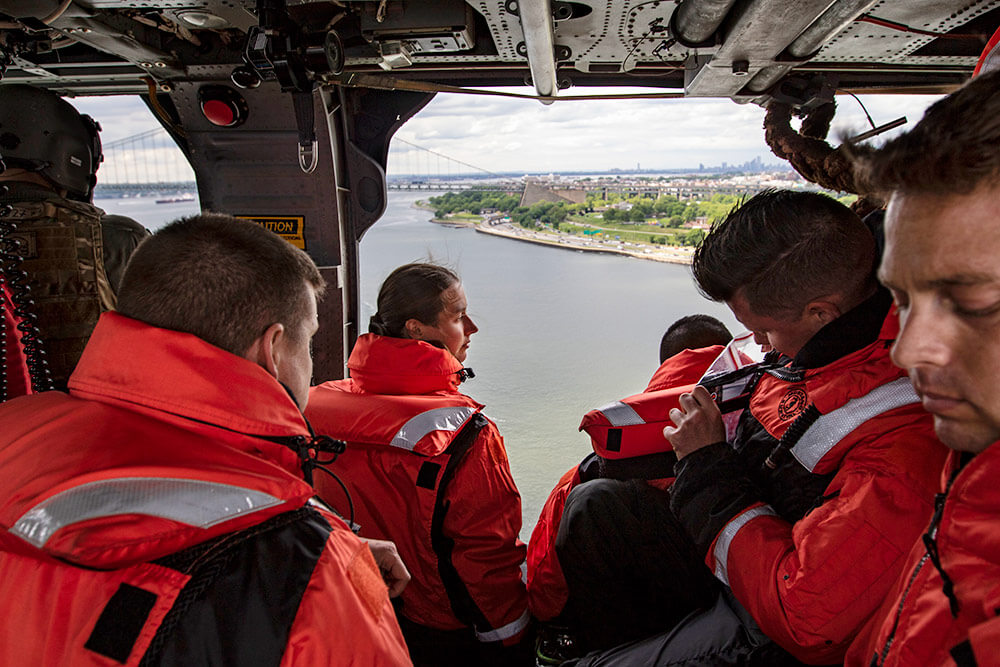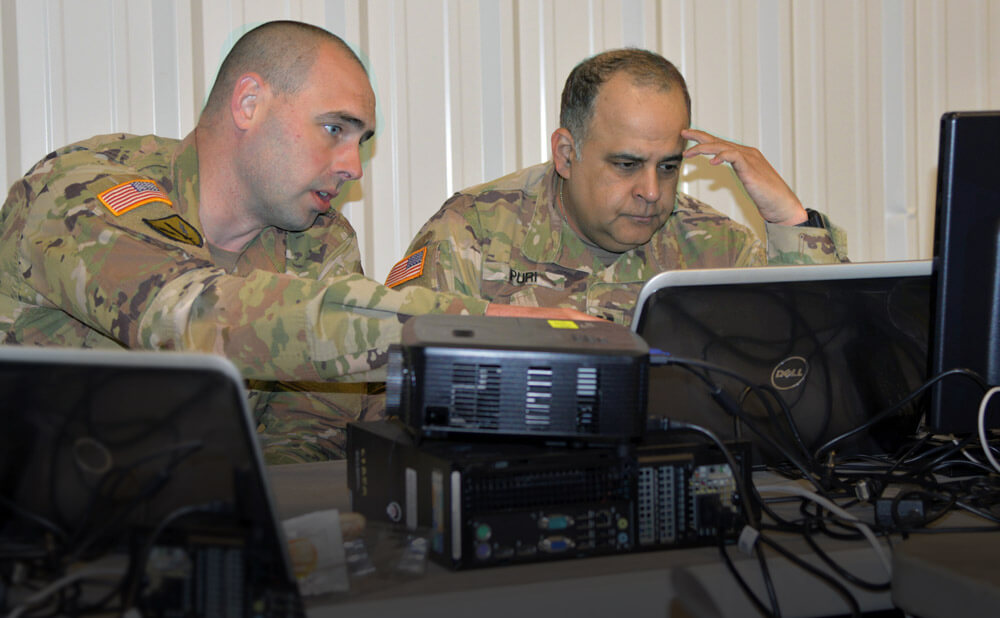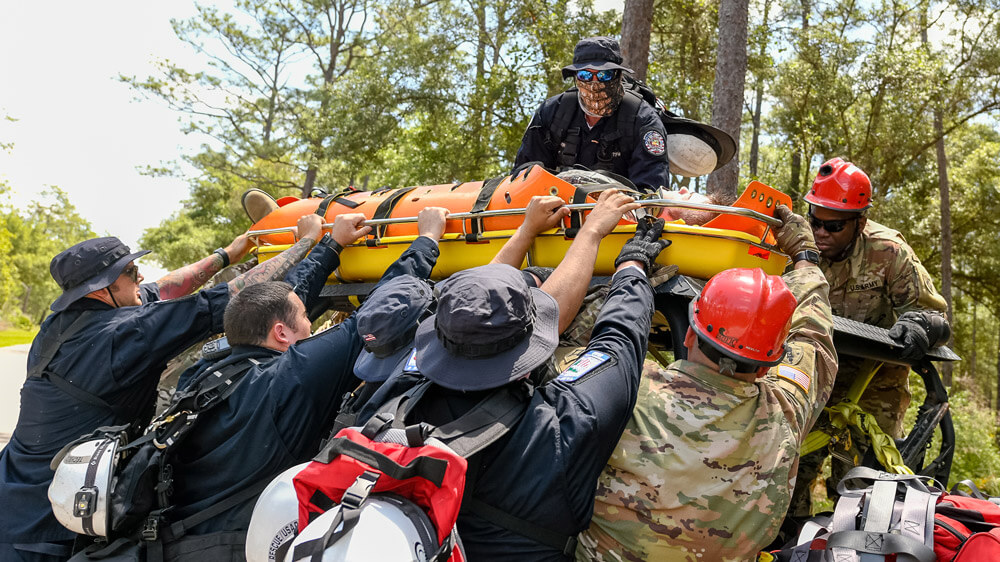Once a year, members of the New York National Guard’s 24th Civil Support Team (CST) jump out of a helicopter and into the waters of Gravesend Bay off the southern tip of Long Island.
It’s a technique called helocasting, and this year the annual training exercise to hone the technique occurred June 6. Helocasting is an aerial insertion technique used by small units to move personnel and equipment into a maritime area when a helicopter cannot land.
Members of the 24th CST are trained to detect and identify chemical, biological, radiological and nuclear weapons and hazards for civil authorities. The 24th CST is based at Fort Hamilton and focuses on responding to incidents in New York City.
New York City is built around rivers, islands and other waterways, and traffic on local highways often becomes jammed. The fastest way to deploy could be using a helicopter to get close to an incident, and then jumping into the water nearby, explained SGT Madalena Noyse, one of the CST’s chemical operations specialists.
The 24th CST conducts helocasting training each year to prepare for such a delivery to a target site, said SFC Ryan Bhoorasingh, the 24th CST’s reconnaissance noncommissioned officer.
The 24th CST must also be prepared to respond to incidents onboard ships entering New York harbor. CPT Robert Freed, deputy commander of the 24th CST, said Soldiers and Airmen need to be prepared to exit a helicopter and into the water near a ship or Coast Guard boat if they can’t land directly on a vessel.
For the training, the small unit is flown by helicopter to a position just above the water’s surface. The team members jump into the water and then swim to a waiting boat or the shore.

New York Army National Guard photo by SPC Amouris Coss
This year’s exercise, which took place in June, included a week of water-related training for the 24th CST. The Soldiers and Airmen started off by focusing on basic Army water survival and then worked on drown-proofing training to make sure they were comfortable in the water.
The next step was open water training in which CST members jumped off Coast Guard boats into the water.
The final process before the helocasting exercise was to practice jumping from a high dive into a pool, CPT Freed said. That’s about the height at which the CST members are expected to exit a hovering helicopter into the water.
Along with helocasting, CST members also practiced fast-roping. In this helicopter exit technique, Soldiers and Airmen slide down a rope and into the water.
SFC Bhoorasingh said that not only is this training useful, but it is also fun.
“It is pretty awesome,” CPT Freed said about helocasting training. “One of these things about a very small, elite unit is to have these kinds of training opportunities. It is pretty special.”
By SPC Amouris Coss, SSG Michael Davis and Eric Durr, New York National Guard



